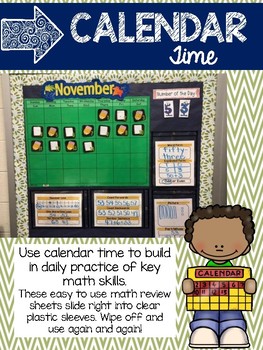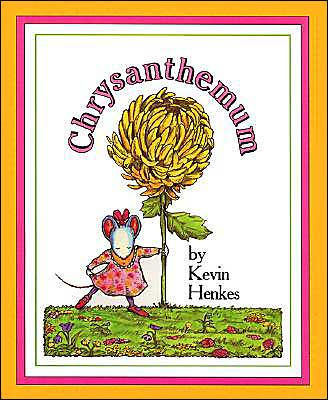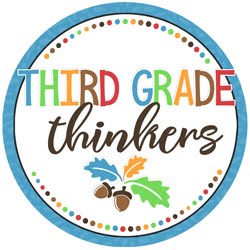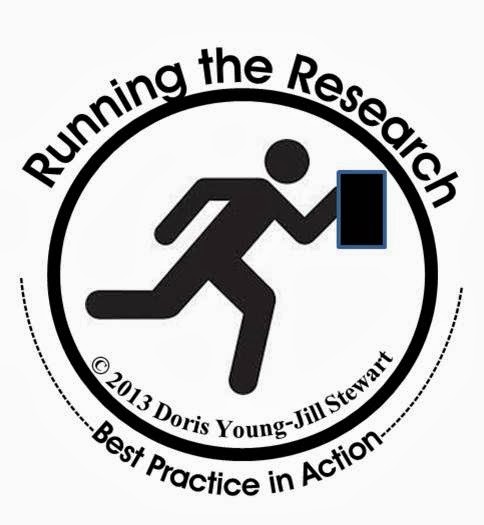 Buy the Book: The Daily 5
Buy the Book: The Daily 5
There's no arguing the point that the more time spent on real, actual reading, the more reading progress and growth a student will make. Of course, I want my students to grow in their ability to read, but just as importantly, I want them to grow in their LOVE of reading! I know I can get my kids hooked on books IF I help train them on picking ones that fit their interest and reading ability. Struggling through a book that is too hard or yawning through a book that does not interest them will just cause my students to see reading as a chore.
I want my students to view reading as something they "
get to do" not "
have to do".
Because of this, I will spend some time on lessons that are intentionally focused on helping students pick the right book for them: the Good Fit Book.
In the book,
The Daily 5, Boushey and Moser explain the acronym they use: I PICK and how student can use this as a guide to picking the books that are just right for them.

The Sisters suggest the idea of introducing picking books through the analogy of picking shoes.
They go into detail on how they work through this anchor lesson.
Here's how the lesson goes.
You bring in a collection of different kinds of shoes.
They suggest: snow boots, tennis shoes, party shoes, hiking boots, etc.

Take out the shoes one at a time and show them to students.
Talk about the purpose in wearing each one.
You might take out a slipper and show it to students.
Discuss how this shoe is perfect to slip on if you are walking around in your home in the evening.
It fits that purpose.

You could go on to explain how you would NOT wear the slipper to PE class at school.
Choosing to wear a tennis shoe would be a better fit.

Continue taking out shoes and discussing the purpose of each.
From there you could go into how the picking of shoes is a lot like picking a book to read.
For example:
If you want to learn more about space and the planet Jupiter, you would not pick a book like this:

You would be better off picking a book like this:

This is a great time to take a look at different kinds of books:
Comic Books:

How to Books:

Discuss the purpose of reading these different kinds of books.
Then it's time to introduce the letter "I" for Interest.
Back to the shoes:
Pull out a shoe such as a golf shoe.

Discuss how you may never want to pick this shoe to wear because you don't like playing golf.
It doesn't interest you.
Now it's time to relate this to picking books.
I like showing students books that I like to read and those that would not interest me.
I might show them this book and talk to them about how I would not pick it because the topic of motorcycles doesn't interest me.

But I may want to read this one because I am interested in antiques.

I don't think we can overemphasize the idea that students should pick books that interest them.
Once a student finds a book that they can't get enough of, we've got them hooked.
They will begin reading volumes and with each turn of the page, become a better reader.
For the last two steps of picking a book, we again take out a selection of shoes.
This time, we pick out books that are not the right size.
Maybe they are too big or too small.
We won't pick these shoes to wear because they are just not comfortable.
Now we relate that to the idea that we would not want to pick a book that is too hard or easy either.
Reading a book that fits right feels right.
Here is a good time to model reading the first page of certain books and play the part of a student who is figuring out if they can read the words and if they can understand what those words mean.
I found a children's book that can serve as a great springboard into this lesson.
 Buy the Book: Which Shoes Would You Choose?
Buy the Book: Which Shoes Would You Choose?
In this book, the character is choosing shoes for different activities.


I've included the link to a set of bookmarks to give your students after a lesson on picking books.
Students can carry their bookmark to your class library before choosing their independent reading books. It can serve as a reminder as to what they should consider when making book choices.

Head over to my TPT to download this free resource:
I PICK Good Fit Books
I'd love for you to consider following my blog and store!
I will be posting other resources and thoughts as we go through the year.
Please let me know what lessons you cover that first week of school.
I'd love to hear.
Comment below or email: youngdor8@gmail.com











































 youngdor8@gmail.com
youngdor8@gmail.com

















